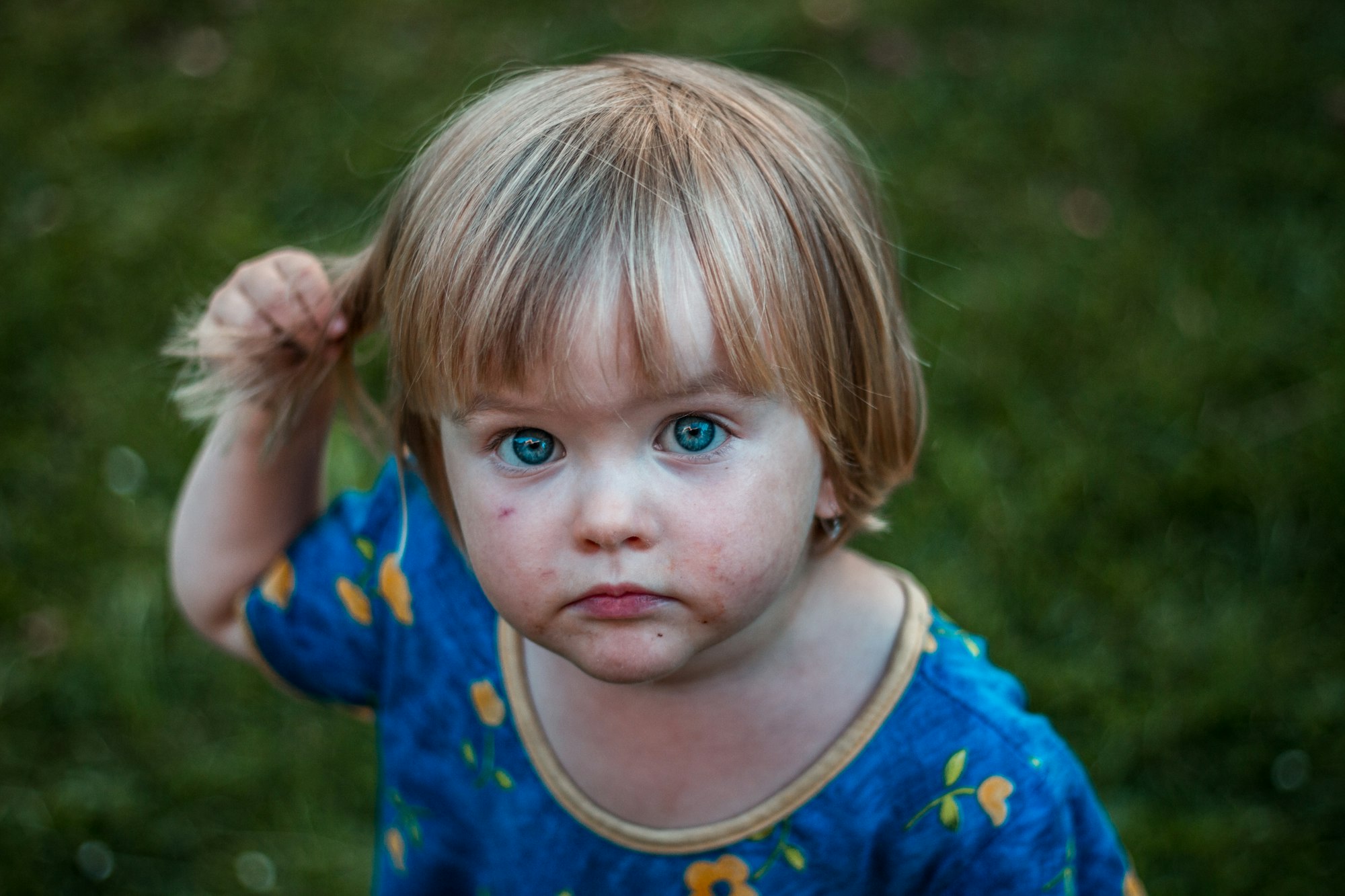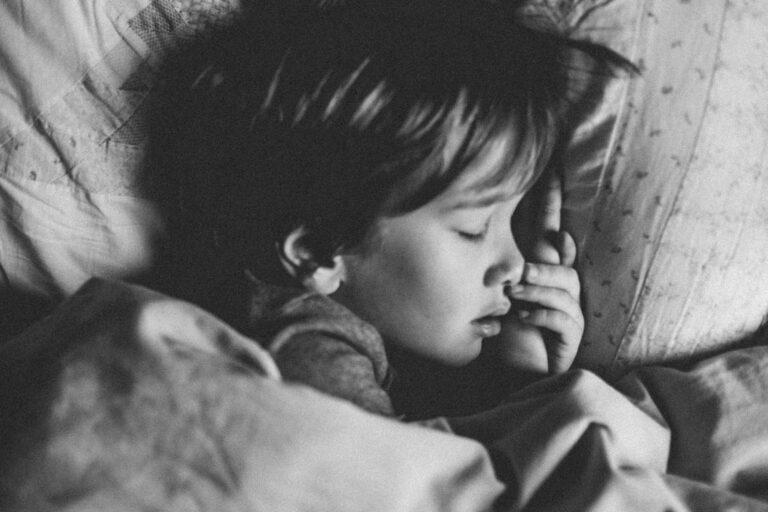The word “chicken pox infant” can instantly trigger a cascade of concern in the mind of any parent. What if the tiny, vulnerable skin of your baby suddenly sprouts unexplained red spots, and a fretful fever complicates an already restless night? Parents often wonder if their newborn is truly at risk, whether maternal protection is enough, or how to distinguish itchy discomfort from something far more worrisome. When the word “contagious” floats through conversations at the playground or waiting room, anxiety is never far behind. Rapid answers feel essential. What are the warning signs? How to soothe an infant’s itching, or spot the boundary where routine care shifts suddenly to urgent medical attention? Here, we unravel these pressing questions—exploring not only how chicken pox infant unfolds, but also the science and practical care strategies that empower parents to respond with knowledge and calm assurance.
What is chicken pox infant? Key facts for parents
Sudden fever. Red, scattered dots that blossom into fluid-filled blisters. Maybe your infant seems fussier, sleeps more, or refuses feeds. Chicken pox infant—caused by the varicella-zoster virus—is notorious for its high contagion rate, especially in settings where close contact between children and adults is unavoidable. The term “childhood illness” is common, yet infants, particularly those under one year, are not exempt. A newborn’s resilience hinges on maternal antibodies transferred during pregnancy and, to some extent, through breastfeeding. This often provides a temporary shield, but it’s not failproof. If your baby was born preterm, or has a medical condition affecting immunity, susceptibility increases sharply.
Key terms like viral rash, itchy skin, and immunological protection become more than abstract words; they define what parents see and feel. The chicken pox infant experience can differ greatly between children, ranging from milder cases—scattered spots, mild discomfort—to severe developments with a risk of complications like secondary skin infection or dehydration. Vaccines have changed the landscape, driving down cases among infants by inducing community immunity, yet the first dose is given only at one year, leaving infants temporarily exposed.
How does chicken pox infant spread? Contagion and prevention
“Highly contagious.” These two words sit at the heart of parental worry. But how, exactly, does chicken pox make its entrance? The respiratory droplets of an infected sibling, caregiver, or playmate carry the virus easily from nose or mouth directly to an infant’s airways, especially when coughs or sneezes hang in the household air. Contact with the clear fluid of a chicken pox blister is another route—this microscopic exchange sets the stage for the incubation period, which quietly unfolds across 10 to 20 days post-exposure, before the telltale rash erupts.
A critical period exists: a child with chicken pox infant is most infectious one to two days before the visible rash and until all lesions have crusted—typically 10 to 12 days. During this window, daily life feels like tiptoeing through an invisible minefield. What helps? Strict hygiene: frequent handwashing, methodical disinfection of toys and surfaces, and swift isolation of anyone with an unexplained skin eruption. These measures test a family’s stamina, but, undeniably, they curb the risk of transmission, safeguarding other children and—importantly—the most vulnerable infants.
Recognizing chicken pox infant: symptoms and red flags
Imagine waking to a fretful infant whose warmth betrays a mild fever—often below 101.5°F (38.5°C). Restlessness, extended naps, feeding less, or developing a soft cough might be side notes you initially ignore. Yet, within one or two days, crimson spots appear, mostly on the chest, scalp, and face; rapidly, these progress to clusters of fragile blisters, each circled with a red halo. This dynamic rash remains the signature sign of chicken pox infant. Itchy distress sets in, though some babies are too small to scratch effectively.
Visual variation is common—new crops of spots appear as others crust, and, occasionally, the blisters break out in the mouth or on the genitals. What deserves immediate attention? A rash that involves the eyes, a baby whose irritability is relentless, or a sparse rash causing significant misery signals a need for urgent medical input. Parents sometimes ask: Is every rash chicken pox? No. Medical examination is essential to rule out eczema, insect bites, or other viral exanthems before settling on the chicken pox infant diagnosis.
Diagnosing chicken pox infant: clinical evaluation and laboratory tools
How is a diagnosis confirmed? Your healthcare provider is guided primarily by the story: recent exposures, rapid onset of itchy spots and blisters, and the way the rash progresses in crops. Chicken pox infant is often distinguished by blister stages that coexist—a detail that instantly narrows the field of possibilities for a discerning eye. In ambiguous or complicated cases—particularly infants with fragile immune systems or severe presentation—laboratory testing, such as PCR testing of blister fluid, adds another layer of reassurance. This test pinpoints the genetic material of the varicella-zoster virus, leaving no room for doubt.
For very young infants (below three months) or for rashes deviating from the expected pattern—few blisters, severe symptoms, or unexpected progression—swift evaluation is paramount. Timely intervention, even before blisters crust, may change the course of the disease.
Home care and medical treatment: what helps chicken pox infant recover
What soothes, and what should be avoided? Comfort forms the backbone of any strategy for chicken pox infant. Acetaminophen (also known as paracetamol) is preferable for fever management; steer clear of aspirin—linked to Reye’s syndrome—and reserve anti-inflammatories like ibuprofen for explicit medical advice. For itching—a relentless and distressing symptom—oatmeal baths in lukewarm water or a thin layer of calamine lotion can provide tangible relief.
Trimmed nails and soft mittens are simple, frontline tools to minimize skin damage from scratching. Keep soap gentle, ideally a type described as “moisturizing” or “fatty,” steering away from anything harsh or perfumed. Encourage regular feeds—whether breastmilk or formula—and watch for dehydration. Infections can masquerade as new redness or swelling around a blister, possibly developing into impetigo (a secondary bacterial infection) that breeds rapidly when skin is breached. Use a gentle antiseptic like chlorhexidine (if prescribed), and antibiotics only when secondary infection is clear, never “just in case.”
Severe, high-risk situations—premature babies, infants with underlying illnesses, or those in their first weeks of life—may prompt doctors to start antiviral medication such as acyclovir early. Antihistamines, often touted as a quick fix for itching, should only be used under strict medical supervision. Rely first on comfort, hydration, and careful skin care before going further.
Complications associated with chicken pox infant: when to act fast
Though many cases circle back to calm with supportive care, the under-one-year-old immune system remains a work-in-progress—making some infants vulnerable to severe disruptions. Complications might include secondary bacterial skin infections, pneumonia, dehydration, or, rarely, encephalitis (inflammation of the brain). Subtle signs are nonetheless significant: a fever above 102°F (38.9°C) persisting over four days, a worsening cough, blisters that look angry (red, filled with pus, or bleeding), labored breathing, vomiting, oral dehydration, or any neurological change are all immediate red flags.
Babies exposed around birth—especially if born to mothers developing chicken pox during labor—are in a unique high-risk category, requiring specialized medical care, possible administration of varicella zoster immune globulin (VZIG), and close observation for neonatal varicella, a more severe form of the disease.
Protecting infants from chicken pox: strategies for prevention
Since no chickenpox vaccine is approved for use before 12 months, parents are left wondering: how to shield their infant? The answer begins with maternal immunity—the protective buffer of antibodies passed before birth. Breastfeeding confers added support. Yet, not all infants, especially those with unvaccinated or non-immune mothers, benefit equally.
Here, the concept of “cocooning” comes alive: ensuring all household contacts—siblings, parents, caregivers—are vaccinated forms a protective barrier, strengthening the circle around the most at-risk infant. During community outbreaks, limit exposure to unfamiliar children and large groups. Ramp up hand hygiene, sanitize frequently touched items daily, and keep gatherings minimal. Meticulous cleaning of toys and contact surfaces is more than a routine; it is the silent armor standing between your baby and avoidable risk.
Chicken pox infant and pregnancy: points of vigilance
When “chicken pox infant” and pregnancy intersect, unique complications cast a shadow. If maternal infection occurs during weeks 8–20, congenital varicella syndrome may develop—a rare but severe outcome involving skin scarring, limb underdevelopment, or eye and neurological issues. Infection near the time of delivery confers a different danger: rapid, severe chicken pox in the newborn, sometimes necessitating immediate intervention.
Women uncertain about their immune status can request a blood test before pregnancy. Vaccination, however, should occur well before conception. If chickenpox exposure occurs in late pregnancy or around delivery, neonates might receive VZIG and close observation for complications.
Comfort measures and daily routines for chicken pox infant
Amidst uncertainty, daily routines become parents’ best allies. Soft, loose clothing prevents fabric friction over tender, blistered skin. Bathing rituals, once purely for cleanliness, pivot to include soothing oatmeal baths that mitigate itching. Calamine lotion, when dabbed gently, cools irritated areas, granting brief but precious relief.
Feeding schedules might be disrupted by fussiness or sore mouth blisters, so offering smaller, more frequent feeds can prevent dehydration. A calm, reassuring environment—familiar sounds, gentle rocking, or dimmed lights—can ease irritability. Meticulous hand hygiene for everyone interacting with the infant reduces both transmission during the contagious phase and bacterial superinfection of delicate skin.
Visitors? Delay them until well after the final scab has fallen away. Healing skin is prone to injury and secondary infection, and keeping the environment controlled serves both child and parent.
Myths and realities: what parents should really know about chicken pox infant
- “Infants cannot get chicken pox.” Incorrect; passive maternal antibodies reduce risk but don’t prevent every case.
- “Chicken pox infant is always mild.” Reality: infants face greater chances of worsening complications.
- “Ibuprofen is the fever medication of choice.” In reality, anti-inflammatories, especially ibuprofen and aspirin, can increase certain risks—acetaminophen stands alone as the safe first choice.
- “Scratching isn’t a problem in babies.” It absolutely is; skin damage opens doors to bacterial infections and long-term scarring.
- “Only antibiotics cure chicken pox infant.” False; antibiotics are reserved exclusively for secondary bacterial skin infection, while antivirals such as acyclovir target the primary varicella-zoster virus.
- “A child who’s had chicken pox is immune for life.” Generally yes, though the dormant virus can resurface later as shingles.
These points, though at times counterintuitive, guide caregivers toward evidence-based decisions and reduce anxiety born of misinformation.
When to seek medical advice: chicken pox infant warning signs
Parents should waste no time reaching out to a pediatrician if any of the following appear:
- Age under 1 year—extra caution under 3 months
- Fever spikes at or above 102°F (38.9°C), or lasts longer than four days
- Harsh cough, labored breathing, or repeated vomiting
- Unusual irritability, persistent drowsiness, poor feeding
- Red, swollen, pus-filled, or bleeding blisters
- Dehydration: sparse wet diapers, dry mouth
- Neurological changes: confusion, seizures, extreme lethargy
- Exposure to chicken pox infant during the neonatal period, or known immune compromise
Open communication with healthcare providers not only delivers prompt treatment but also delivers precious reassurance in an overwhelming moment.
Key takeaways
- Chicken pox infant remains a highly contagious and sometimes serious viral illness, even for the youngest babies.
- Early identification—fever, rash, irritability—allows parents to intervene quickly, keeping the home environment safer and more comfortable.
- Home care routines—gentle skin hygiene, safe fever management, vigilance for dehydration, and infection control—empower caregivers in the face of uncertainty.
- Handwashing, surface cleaning, and vaccinating family members (when possible) help to shield infants who cannot yet receive the chickenpox vaccine.
- While complications are rare, infants under one year, preterm babies, and those with lower immunity are at higher risk; early professional evaluation is always appropriate if warning signs arise.
- Caring for a baby during chicken pox infant is exhausting, but reliable information and practical steps lighten the emotional load and foster confidence in decision-making.
- Parents can access additional support and up-to-date guidance using the Heloa app, which offers tailored advice and health questionnaires for children, helping to transform worry into well-informed action.
Empowered with these insights, parents can confidently look after their little one facing chicken pox infant, nurturing healing and resilience through each step of the recovery journey.
Questions Parents Ask
Can breast milk help protect my baby from chicken pox?
Breast milk contains antibodies, including some against the varicella-zoster virus, which can help reduce the risk and severity of chicken pox in infants. While this natural protection is comforting, it is not always complete. Some newborns may still develop chicken pox even if they are breastfed, but many parents find reassurance in knowing breastfeeding continues to offer valuable support to their baby’s immune system during infection or exposure.
What does chicken pox look like in the early stages in infants?
At first, chicken pox in babies usually appears as tiny red spots, often starting on the face, chest, or back. Within a day or two, these spots can turn into small, fluid-filled blisters. The rash may be accompanied by mild fever, fussiness, and decreased appetite. Some parents also notice spots inside the mouth or on eyelids and genitals, which can make feeding or diaper changes more uncomfortable. Gentle care, soothing baths, and keeping the skin clean support the healing process.
Should I be worried if my infant is exposed to chicken pox but doesn’t develop symptoms right away?
After exposure to chicken pox, it can take 10 to 21 days before the first symptoms appear. If your baby has recently been around someone with chicken pox but seems well for now, don’t worry—this delay is entirely normal. During this period, continue to observe your baby for signs like fever or rash. If your child is very young, has a medical condition affecting immunity, or develops any unexpected symptoms, reach out promptly to your healthcare provider who can help you decide on the next steps.
Further reading:









